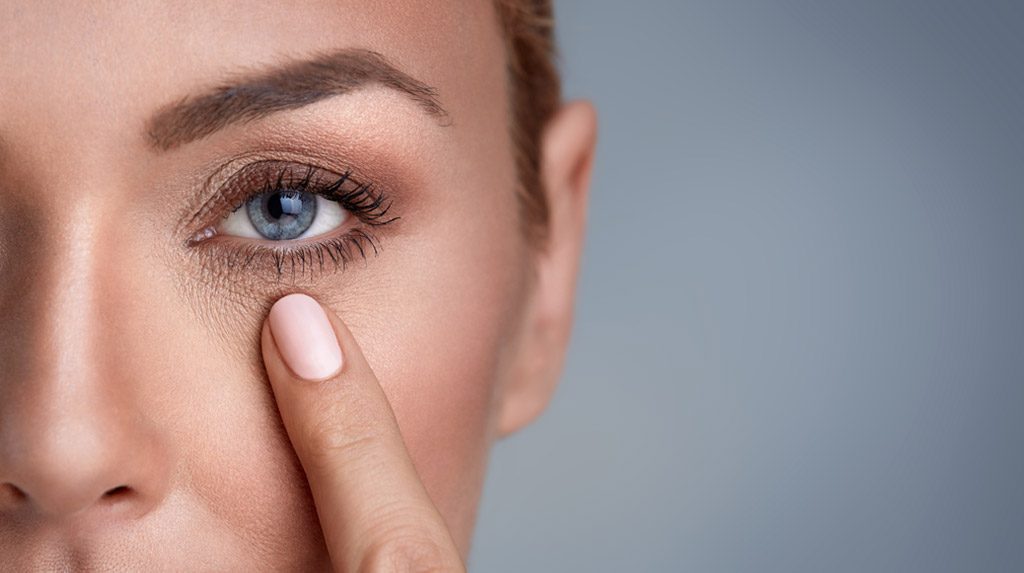The outer surface of the human eye is continuously bathed by a layer of tears. Aside from keeping the eyeball wet, it also protects the eye against infection and assists in the healing of surface wounds. Sometimes, however, the quality and/or quantity of tears is abnormal, resulting in the damage of the outer eye surface, irritation of the eyes or visual disturbances. This is what is commonly known as Dry Eyes Syndrome, or DES.

Dry Eyes Syndrome is associated with many symptoms, some of which include:
- stinging or burning of the eye;
- a sandy or gritty feeling, as if something is in the eye;
- episodes of excess tears following very dry eye periods;
- a stringy discharge from the eye;
- pain and redness of the eye;
- episodes of blurred vision;
- heavy eyelids
- uncomfortable contact lenses;
- decreased tolerance of reading, working on the computer, or any activity that requires sustained visual attention;
- eye fatigue.
While elderly people, especially women past menopausal age, are more prone to developing DES, it can occur at any age. It can be either temporary or chronic, and has many causes including: staring at the computer for too long, long-term use of contact lenses, the use of certain medications, skin disease on or around the eyelids, diseases of the glands in the eyelids, women who are either pregnant or on hormone replacement therapy, allergies and so on.
To determine whether you have DES, a doctor will first make you undergo a comprehensive eye exam and measure both the volume and quality of your tears. Once a diagnosis has been reached, treatment will vary depending on the cause. If, for instance, there is an underlying condition that is causing chronic DES, once the disease is cured or managed the dry eyes will naturally go away. If it is a side-effect of medication, alternatives may be found that do not cause this problem.

In some patients, the cause is more subtle. Artificial tears, gels, and ointments can be used as replacement of naturally produced tears. Eyedrops can also be used to reduce inflammation. In some patients, supplements or dietary sources (such as tuna fish) of omega-3 fatty acids (especially DHA and EPA) may decrease symptoms of irritation. Patients are advised to wear glasses or sunglasses that fit close to the face (wrap around shades) or that have side shields can help slow tear evaporation from the eye surfaces. Indoors, an air cleaner to filter dust and other particles helps prevent dry eyes. A humidifier also may help by adding moisture to the air. Patients are reminded to avoid dry conditions and allow the eyes to rest when performing activities that require them to use their eyes for long periods of time. If all else fails, surgery may also be performed, but this is usually left as a last resort.







